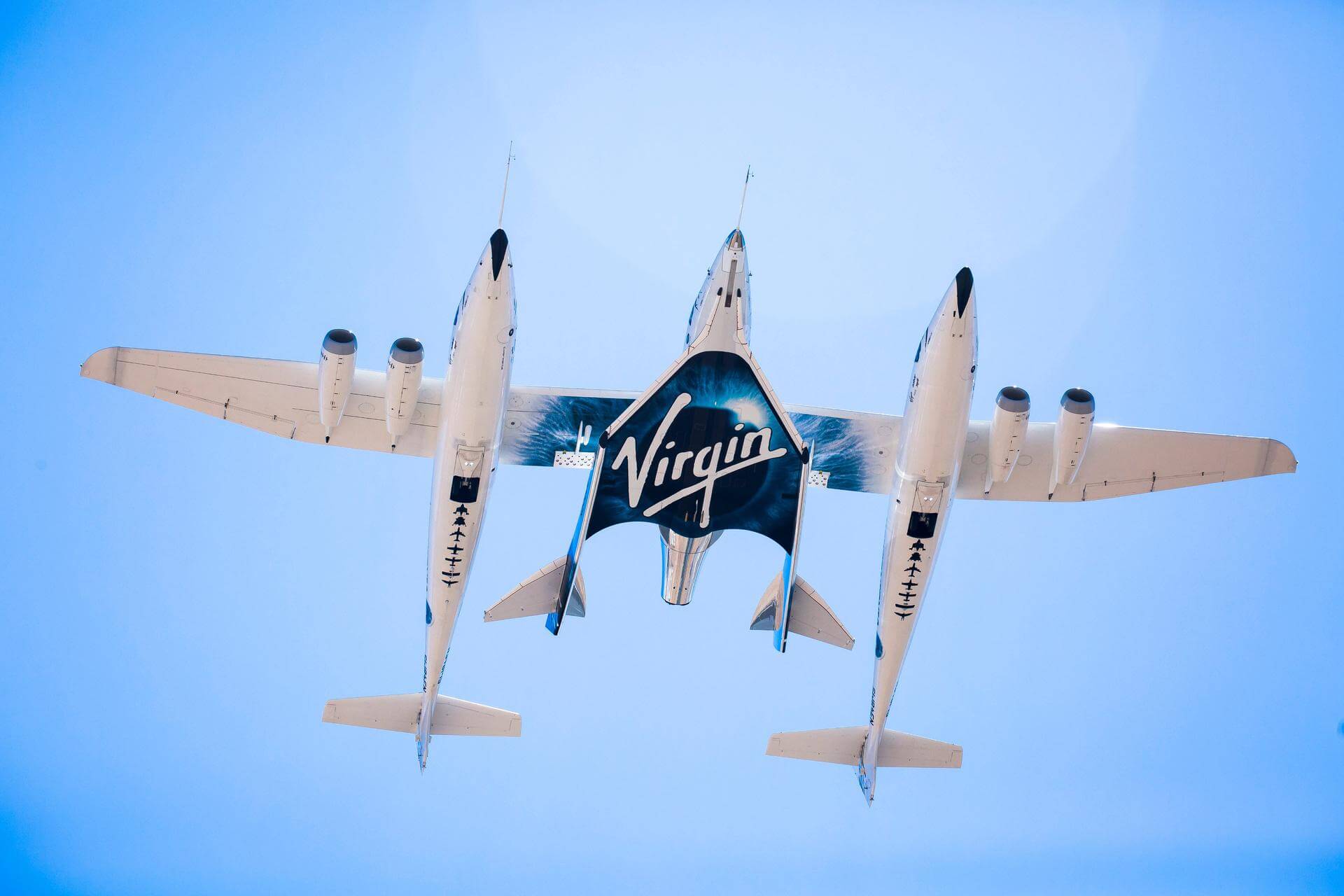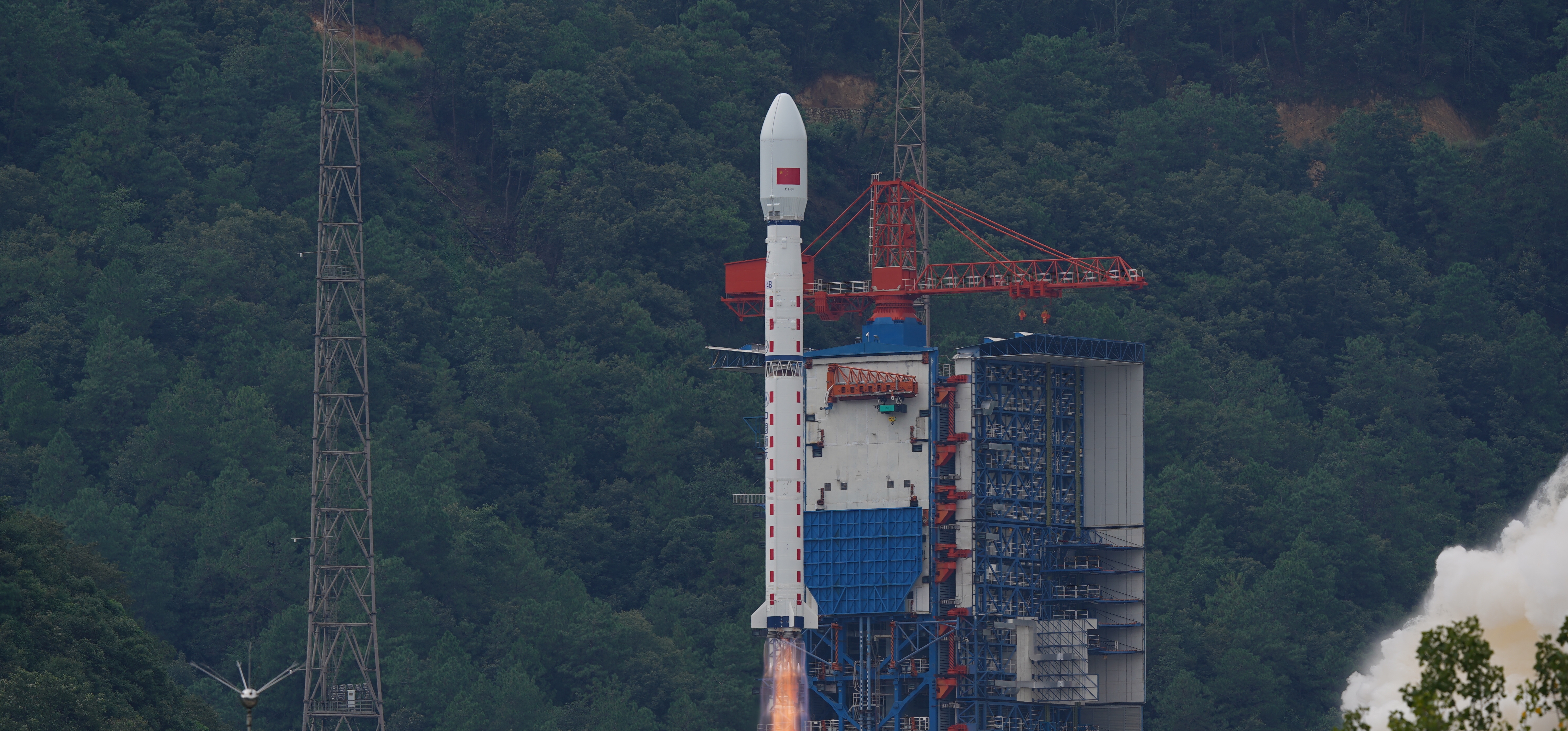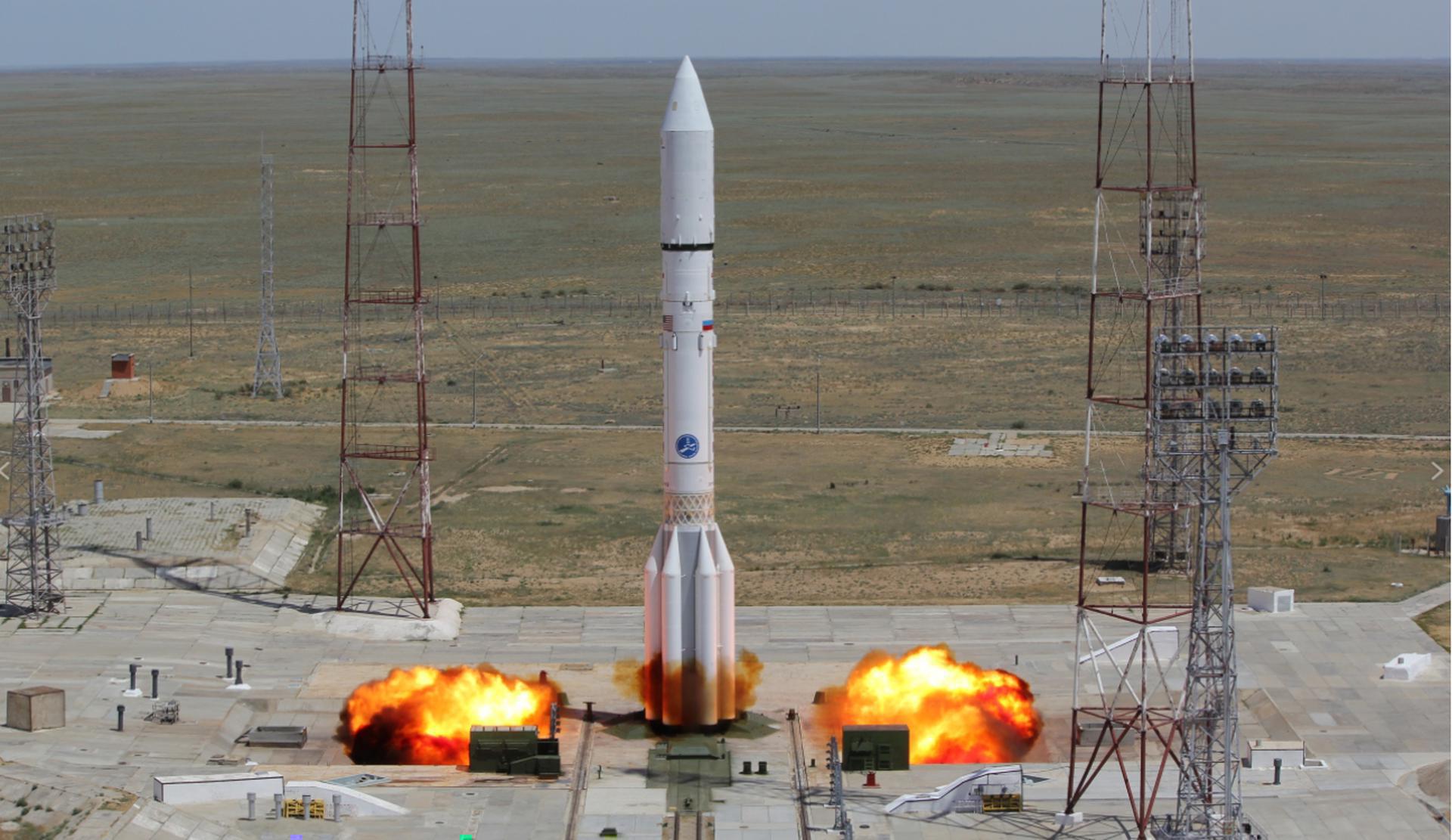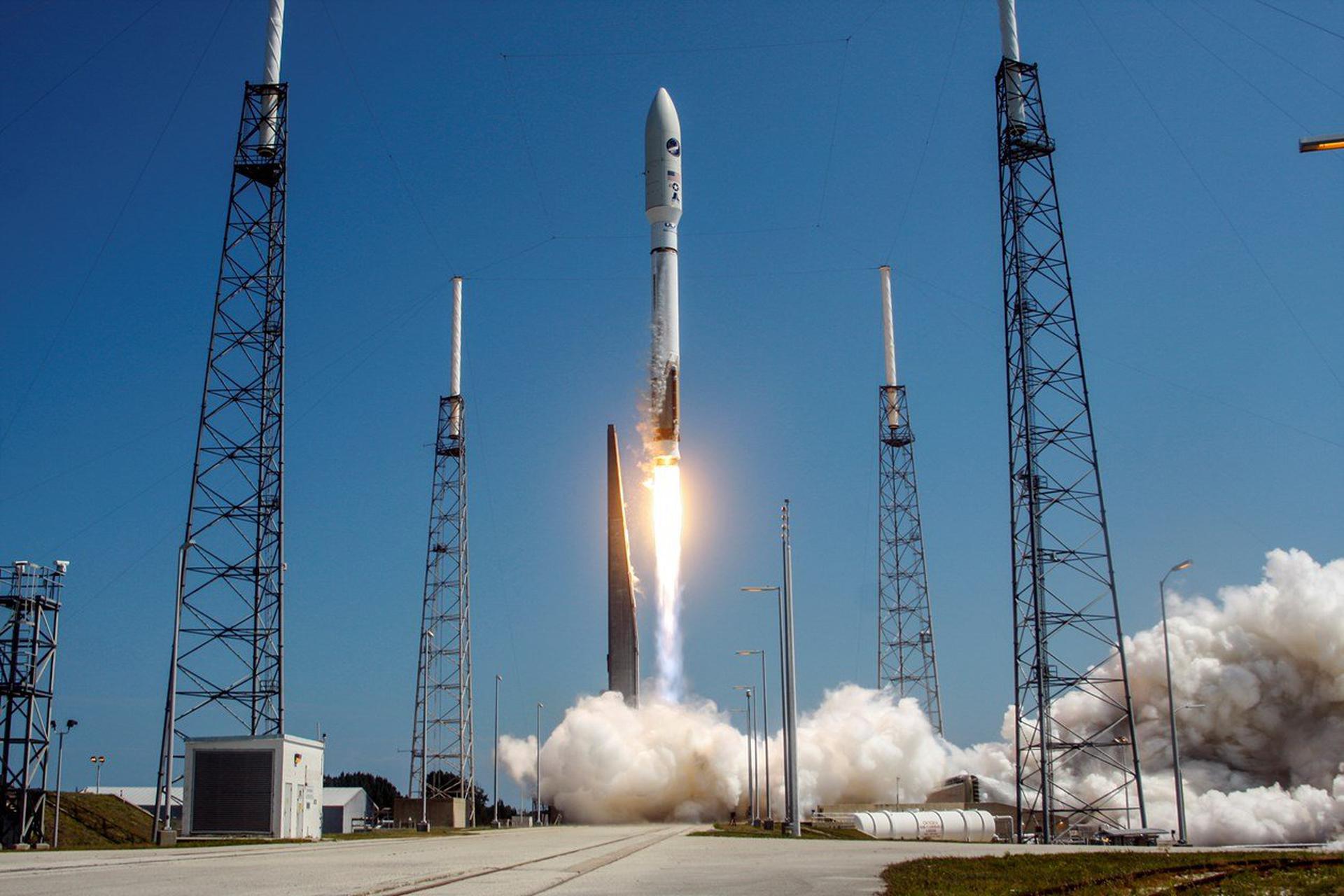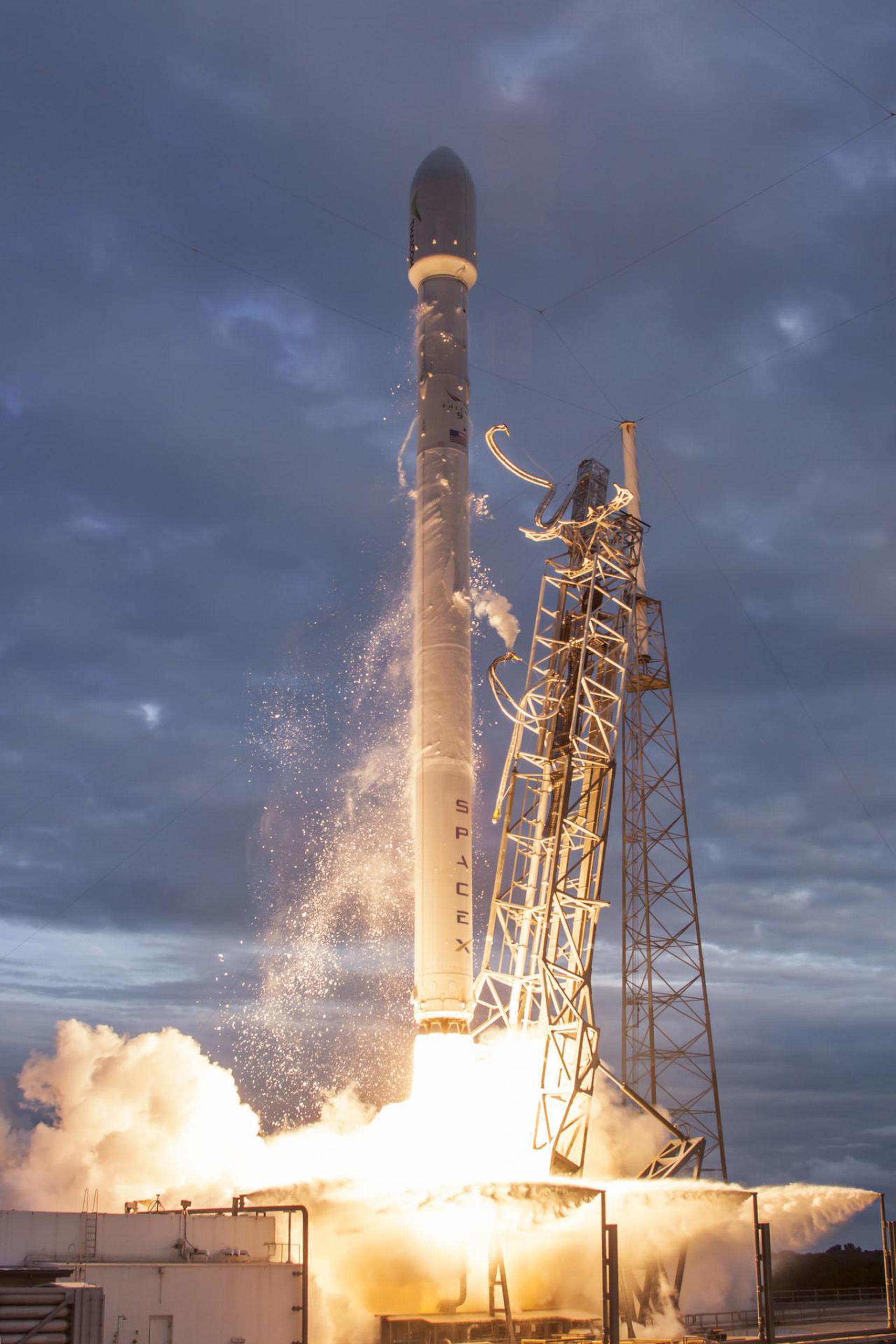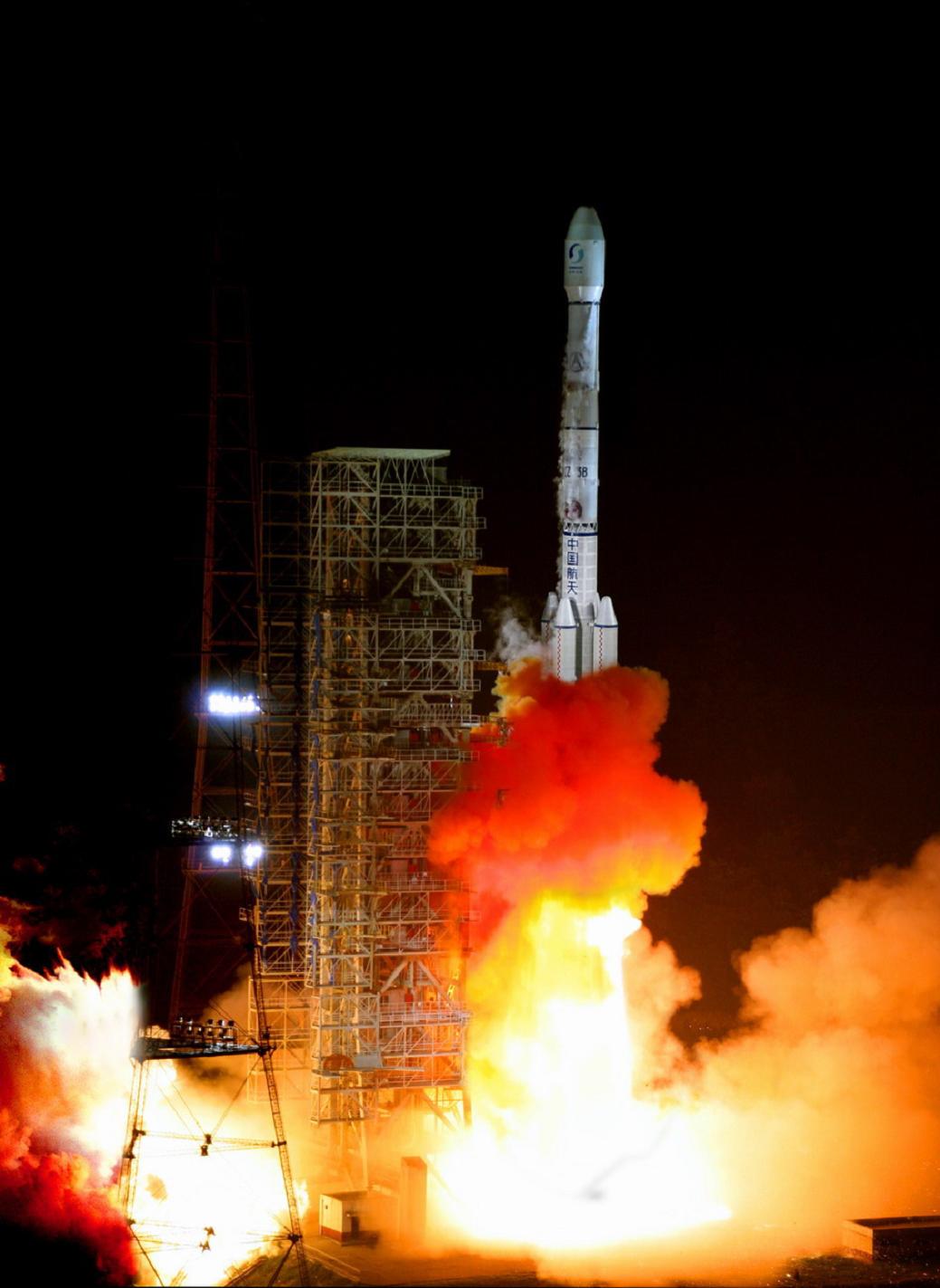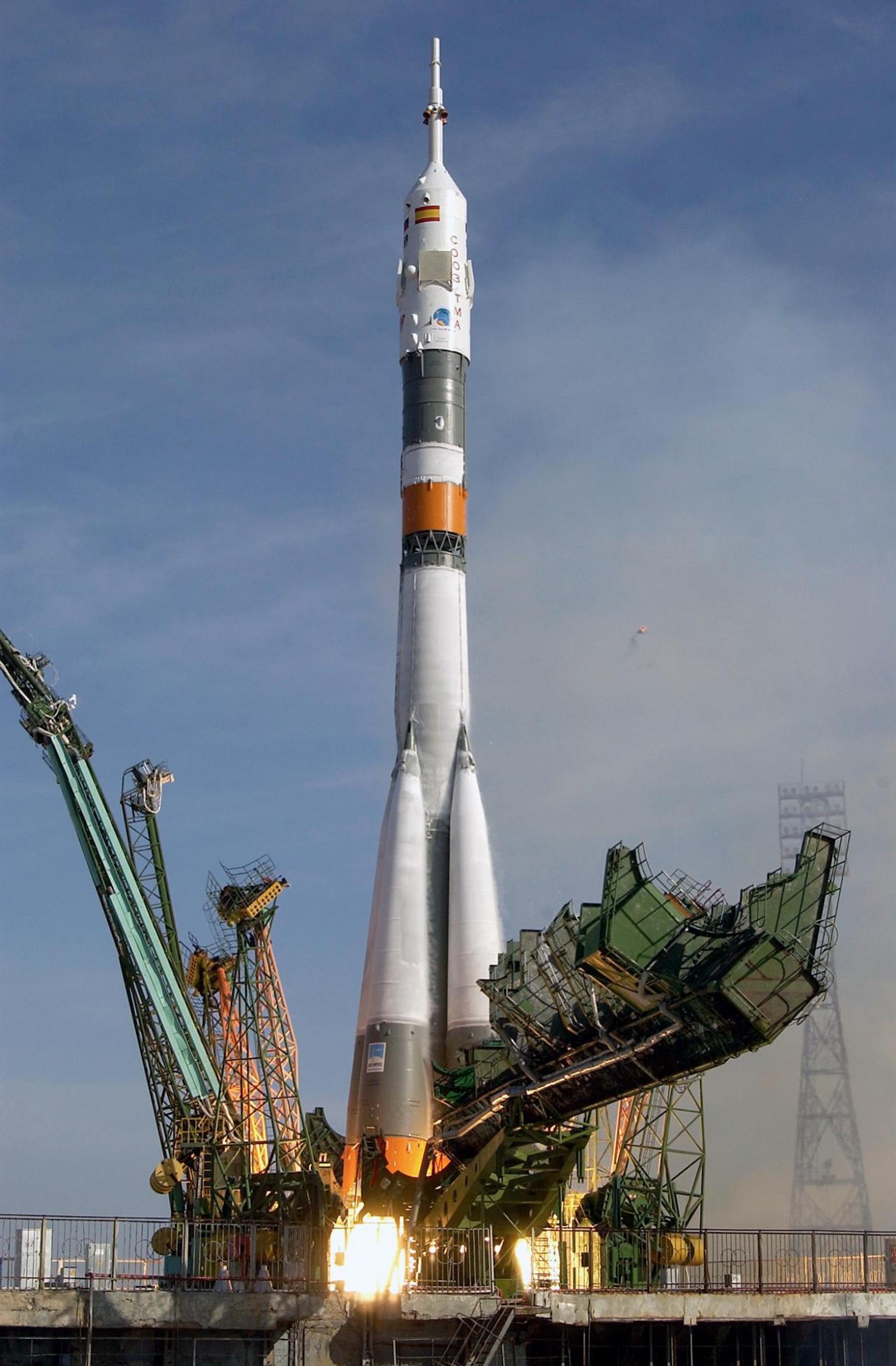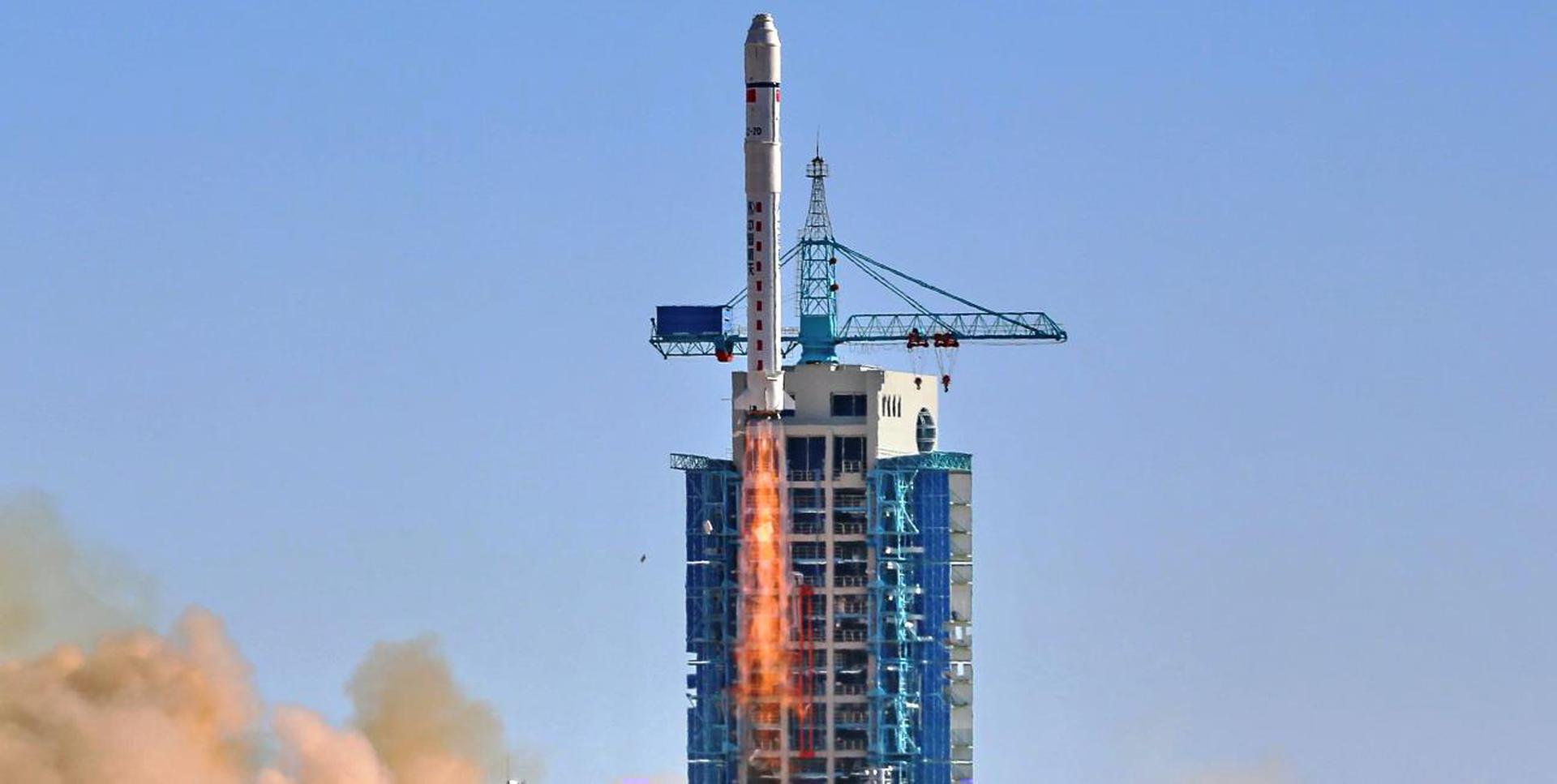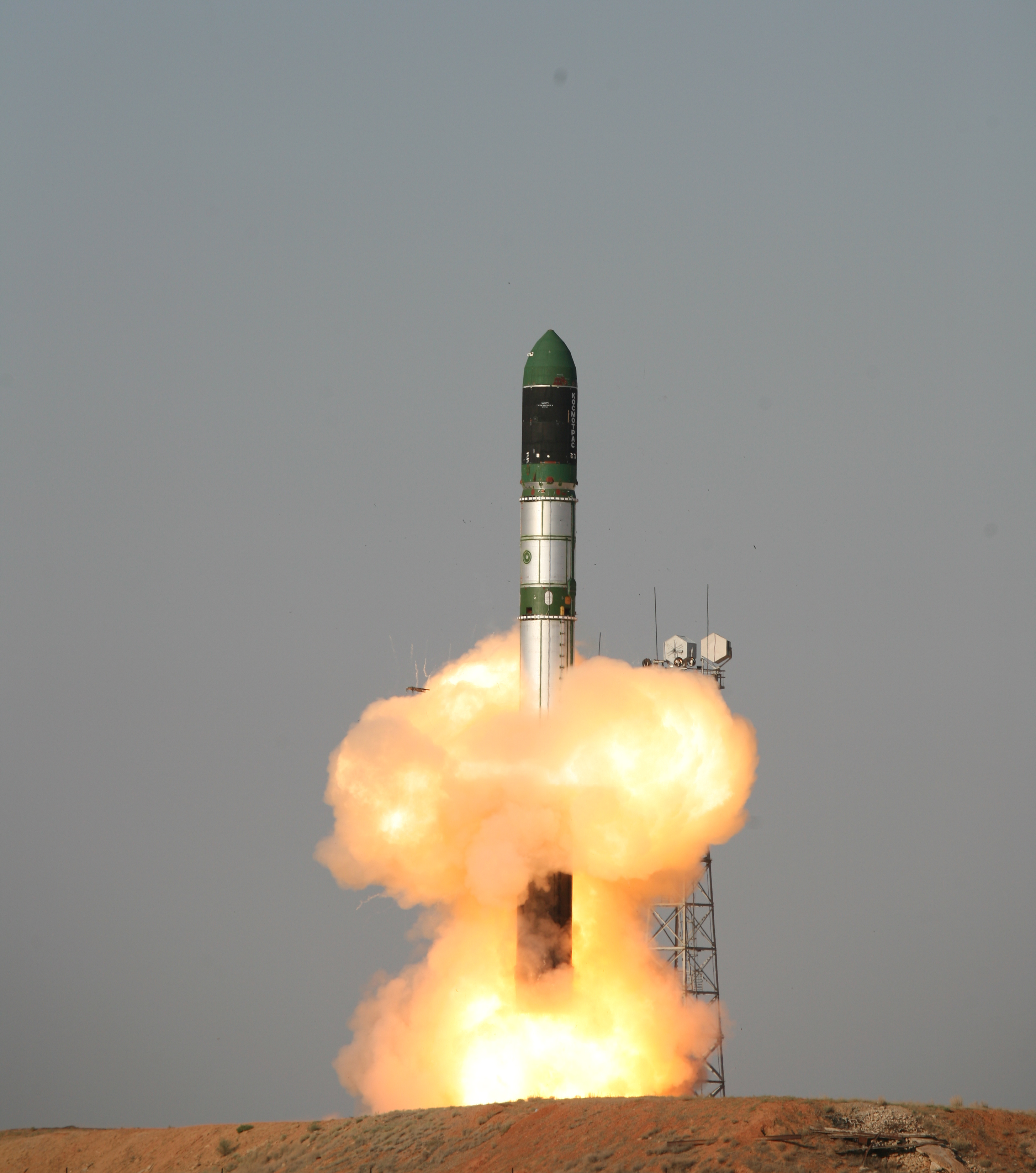Previous Spaceflight Launches
Filter by Agency, Locations or Vehicles
Show All LaunchesSpaceShipTwo | VSS Enterprise GF27
Virgin Galactic | United States of AmericaAir launch to Suborbital flight
Dec. 11, 2013, noon
Long March 4B | CBERS-3
China Aerospace Science and Technology Corporation | ChinaTaiyuan Satellite Launch Center, People's Republic of China
Dec. 9, 2013, 3:26 a.m.
Proton-M Briz-M | Inmarsat-5 F1
Khrunichev State Research and Production Space Center | RussiaBaikonur Cosmodrome, Republic of Kazakhstan
Dec. 8, 2013, 12:12 p.m.
Atlas V 501 | NROL-39 (USA-247)
United Launch Alliance | United States of AmericaVandenberg SFB, CA, USA
Dec. 6, 2013, 7:14 a.m.
Falcon 9 v1.1 | SES-8
SpaceX | United States of AmericaCape Canaveral SFS, FL, USA
Dec. 3, 2013, 10:41 p.m.
Long March 3B | Chang'e 3 & Yutu
China Aerospace Science and Technology Corporation | ChinaXichang Satellite Launch Center, People's Republic of China
Dec. 1, 2013, 5:30 p.m.
Status: Launch Successful
Mission:
Chang'e 3 is an uncrewed lunar exploration mission consisting of a robotic lander and China's first lunar rover Yutu. The main objective of the mission is to achieve China's first soft landing and roving exploration on the Moon, as well as performing lunar-based astronomical observation and studying lunar topography and geology.
Lunar OrbitSoyuz-U | Progress M-21M (53P)
Russian Federal Space Agency (ROSCOSMOS) | RussiaBaikonur Cosmodrome, Republic of Kazakhstan
Nov. 25, 2013, 8:53 p.m.
Long March 2D | Shiyan Weixing 5
China Aerospace Science and Technology Corporation | ChinaJiuquan Satellite Launch Center, People's Republic of China
Nov. 25, 2013, 2:12 a.m.
Rokot / Briz-KM | Swarm A, B, C
Russian Aerospace Defence Forces | RussiaPlesetsk Cosmodrome, Russian Federation
Nov. 22, 2013, 12:02 p.m.
Dnepr 1 | Multipayload mission, 33 satellites
ISC Kosmotras | RussiaDombarovskiy, Russian Federation
Nov. 21, 2013, 7:10 a.m.
